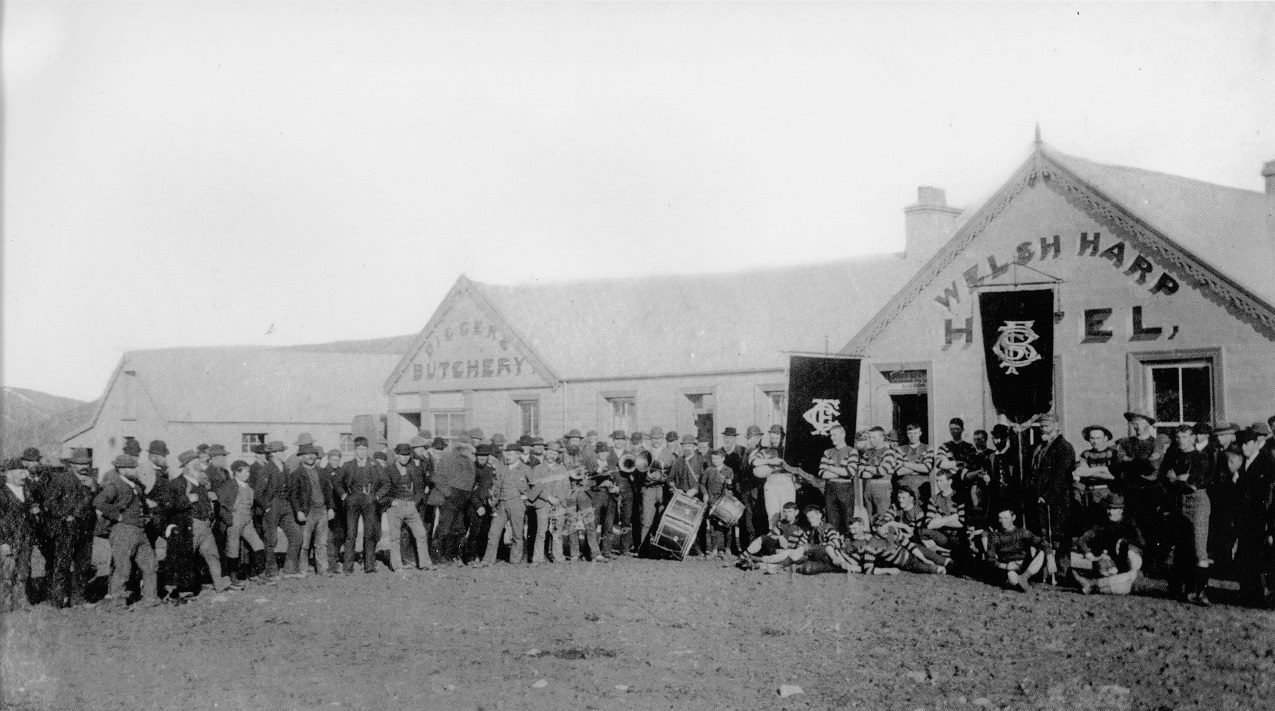
"Visit Bali’s Hidden Gems", followed by enticing descriptions of pristine beaches known only to the travel agent and 4000 drunk Australians, or "The Greek Islands’ Best-Kept Secret" with the accompanying blurb, "you’ll be greeted by the sight of whitewashed buildings perched atop dramatic cliffs overlooking the azure sea. It’s like stepping into a postcard — narrow streets lined with charming shops and cafes offering endless opportunities for exploration and relaxation."
If you go there, you’ll find the "best-kept secret" is now so over-crowded they’re imposing a tourist tax of $NZ40 just to step ashore.
So, ignore those imposters and be guided by a man of the world who knows a hidden gem when he sees one.
Of course, the best gems are those closer to hand than Bali or Santorini. They don’t involve taking out a second mortgage to pay the fare and they are pretty well devoid of the plague of tourist traps — tourists.
I’ve always had a few places on my bucket list and with air travel becoming such a hassle, more akin to live sheep exporting than gracious living, I’m restricting my advice to places closer to home.
Puhoi with its historic pub and Bohemian heritage is a favourite but it involves flying to Auckland which puts a dampener on things, especially if you find it’s cheaper to fly to Sydney. Inevitably, being located near Auckland it is threatened by ruination.
You will have to negotiate a roundabout dubbed "New Zealand’s worst" which has more exit options than a kitchen colander, so going straight ahead is easier and Puhoi misses out.
In more civilised parts of the country there are plenty of other gems, not hidden, but happily not inundated with tourists. Geraldine, in spite of its location on the main route from Christchurch to Mount Cook, retains much of its small town charm and Moeraki, even without the magic of Fleur’s Place, should not be bypassed.
The appeal of "tiny towns" is, for me, irresistible and this column has already waxed lyrical about the attractions of places like Kimbell, Waikaka, Barrhill ("the town that never was") on the banks of the Rakaia and, of course, Patearoa.
Of course, none of these places is "hidden". They simply require a few detours from the main road or at least a stopover instead of a 50kmh glance.
One special Otago place can almost be called "hidden", mainly because no signpost appears to bear its name and no arrow points you to the "gem" as you travel the road from Ranfurly to Alexandra. As you leave Maniototo, the signs will suggest a turn-off to explore St Bathans which, with its Vulcan Hotel, Blue Lake and old post office, is well-known.
But one road to St Bathans offers you a stop at Cambrian, an old mining settlement once called Welshman’s Gully — hence Cambrian, from Cambria the Latinised name for Wales. The place often gets called Cambrians just as another old Maniototo mining town, boringly labelled Hamilton by officialdom, is almost always called Hamiltons.
Five years ago I stumbled across Cambrian and gave it a mention in this column. I met local identity Bob Berry and after a yarn and a look at the old buildings and the artefacts in the old school, I proclaimed,

"It’s all in hand," was Bob’s reply.
Indeed it was, and recently I was invited to Cambrian for the launch of its history book, Coal Dust to Gold Dust.
Tricia Batkin grew up in Cambrian and for 30 years or more has been digging into the gold-mining and coal-mining past of her town. The beauty of a local doing local history is that Tricia talked to many old timers and their stories provide a social history documents can never match. Of course, being a local meant being very careful not to leave out any pioneering family and, eventually, it needs two volumes to get the stories told.
The crowd at the book launch was large and from far afield, proving that tiny gold-rush settlements, perhaps with 200 miners at their peak, are the turangawaewae of thousands of descendants now spread worldwide.
To return to Cambrian and learn more of the lives of great-grandparents, then read a book about it all, meant that day in Cambrian was a special one.
It will be quieter just now, of course, and if you plan to visit take the time to read some history first. Those scars on the hillside, crumbling mud-brick pub remains, the lone grave near the township entrance, and a dozen other reminders of the gold-rush ghosts will take on a deeper meaning.
— Jim Sullivan is a Patearoa writer.












